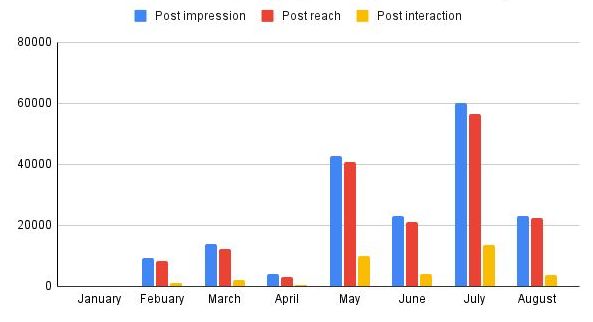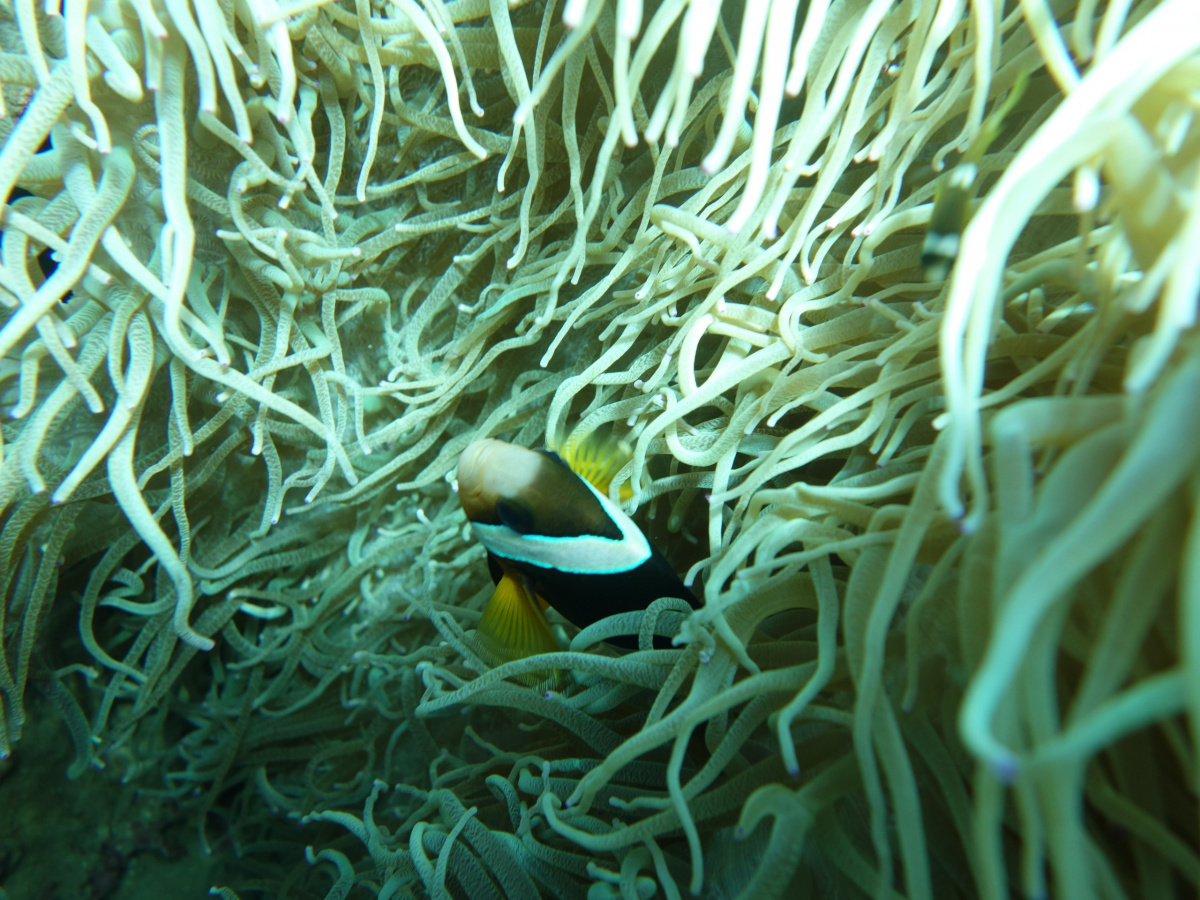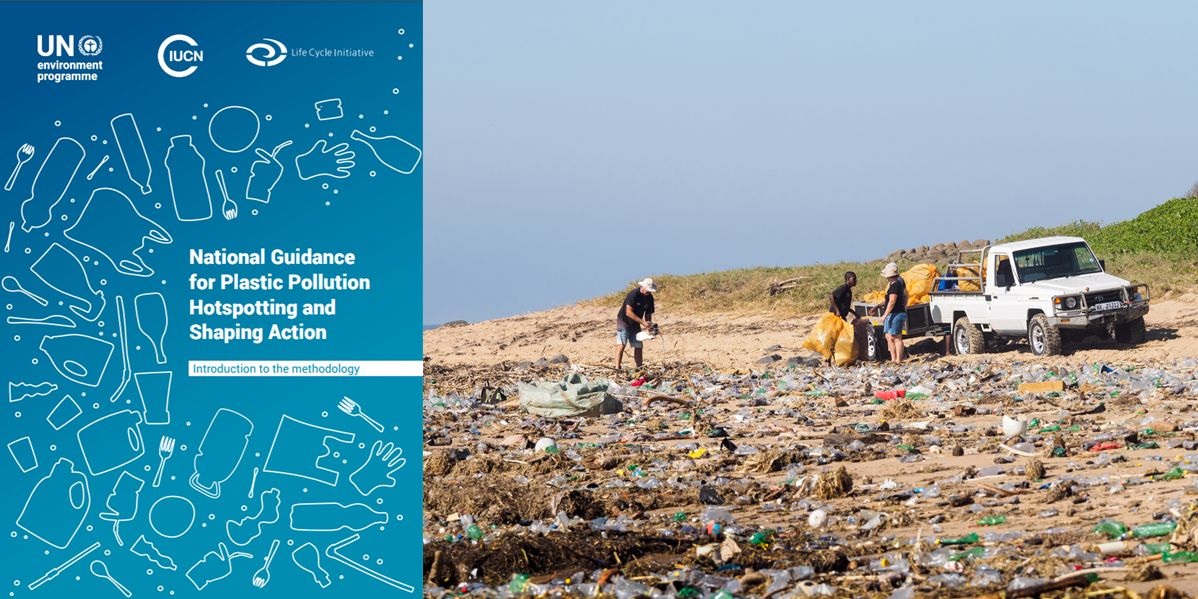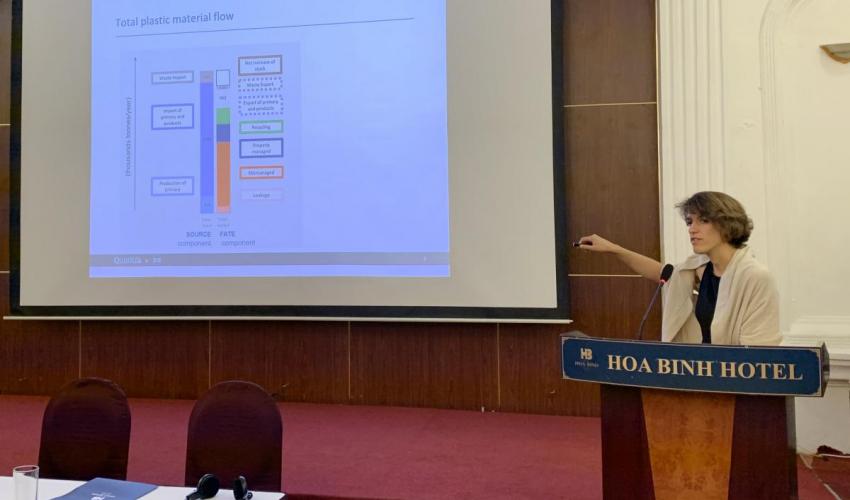Marine turtle volunteers: a few reflections
Since 2014, IUCN Viet Nam has recruited volunteers to work in Bai Tu Long, Nui Chua, and Con Dao National Parks (NPs) as well as Hon Cau and Ly Son Marine Protected Areas (MPAs). The aims are to raise public awareness on the importance of marine turtle conservation; help rangers move thousands of eggs to incubator areas during the June-August nesting season and then release hatchlings into the sea; and become influencers on biodiversity protection and marine conservation nationally.
Since 2014, IUCN has received over 10,000 applicants to join the volunteer programme, of which 500 were selected. In 2023, 128 volunteers were selected to work in Con Dao NP and Hon Cau MPA.
The program has attracted widespread interest. In January-August 2023, the IUCN marine turtle volunteer fanpage received 176,000 posts impression (number of views including repeat views), 165,000 post reach (number of individual views), and 34,700 interactions (including likes, comments, and shares). Peak posts were recorded in May and July when the call for volunteers were announced for Con Dao and Hon Cau respectively.
See below graph.
Famous content creators who joined the 2023 programme include Bo Con Sau, a Youtuber with 147,000 followers and with 470,000 followers on Facebook. Bo Con Sau and his son joined the volunteer programme in July and composed a famous song titled Ai cung co que huong – Rua oi or Everybody has a homeland to return to including marine turtles. The song reached 20,000 views in two months on Youtube and 17,800 interactions on Facebook. Another well-known content creator joining the programme is a travel blogger Vinh Gau with 280,000 followers on Facebook. His Facebook post on marine turtles has 26,500 interactions.
While the communication aspects of the marine turtle volunteer programme have impressed, challenges remain.
First, releasing hatchlings, which is common in many marine turtle nesting sites around the world, is seen as an income source for NPs/MPAs and an awareness raising opportunity, especially towards children. However, both rangers and tourists need to strictly follow the scientific guidelines, including releasing hatchlings as early as possible and using the correct methods.
Second, marine turtles attract large numbers of tourists. Re-positioning marine turtle viewing as high-end environmentally responsible tourism could reduce the volume of visitors and their environmental impacts. Son Doong cave in Phong Nha-Ke Bang National Park, which delivers an unforgettable experience as well as benefits on the local community and conservation, is a possible model.
Third, sustainable financing is needed to support the volunteer programme over the long term. Currently, almost all funding comes via IUCN from the U.S. Fish and Wildlife Services (FWS). Given the low costs and high benefits, NPs and MPAs need to take ownership of the programme and become more proactive in marine turtle conservation generally.




